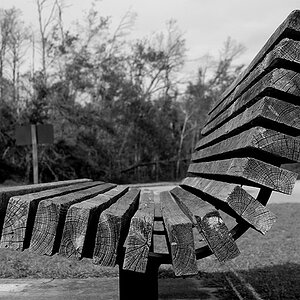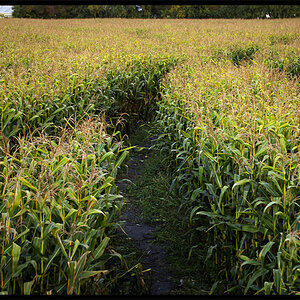Greetings everyone, i hope this is the right section.
I have recently come into possesion of a Zenit EM, however looking trough the viewfinder, the image seems blurry.
Adjusting the focus only makes it less blurry.
I cleaned the lens and the viewfinder but to no avail.
Looking only trough the lens shows they are clean, looking at the mirror system in the body shows its clean aswell, and the viewfinder isnt that dirty. What could it be? :???:
Second thing I dont know is, how come the circle thing in the middle of the viewfinder (please excuse my lack of technical knowledge) is more in focus than the rest of the image i see in the viewfinder? Why isnt it equally blurry if its blurry?
Pardon the excessive usage of the word "blurry" :/
Regards, Dispos
I have recently come into possesion of a Zenit EM, however looking trough the viewfinder, the image seems blurry.
Adjusting the focus only makes it less blurry.
I cleaned the lens and the viewfinder but to no avail.
Looking only trough the lens shows they are clean, looking at the mirror system in the body shows its clean aswell, and the viewfinder isnt that dirty. What could it be? :???:
Second thing I dont know is, how come the circle thing in the middle of the viewfinder (please excuse my lack of technical knowledge) is more in focus than the rest of the image i see in the viewfinder? Why isnt it equally blurry if its blurry?
Pardon the excessive usage of the word "blurry" :/
Regards, Dispos







![[No title]](/data/xfmg/thumbnail/32/32929-22e23acc63d6ecb25e5ee941be87121f.jpg?1619735758)





![[No title]](/data/xfmg/thumbnail/35/35269-511d1e0ac8ed5256fd706829d2ecb719.jpg?1619736972)